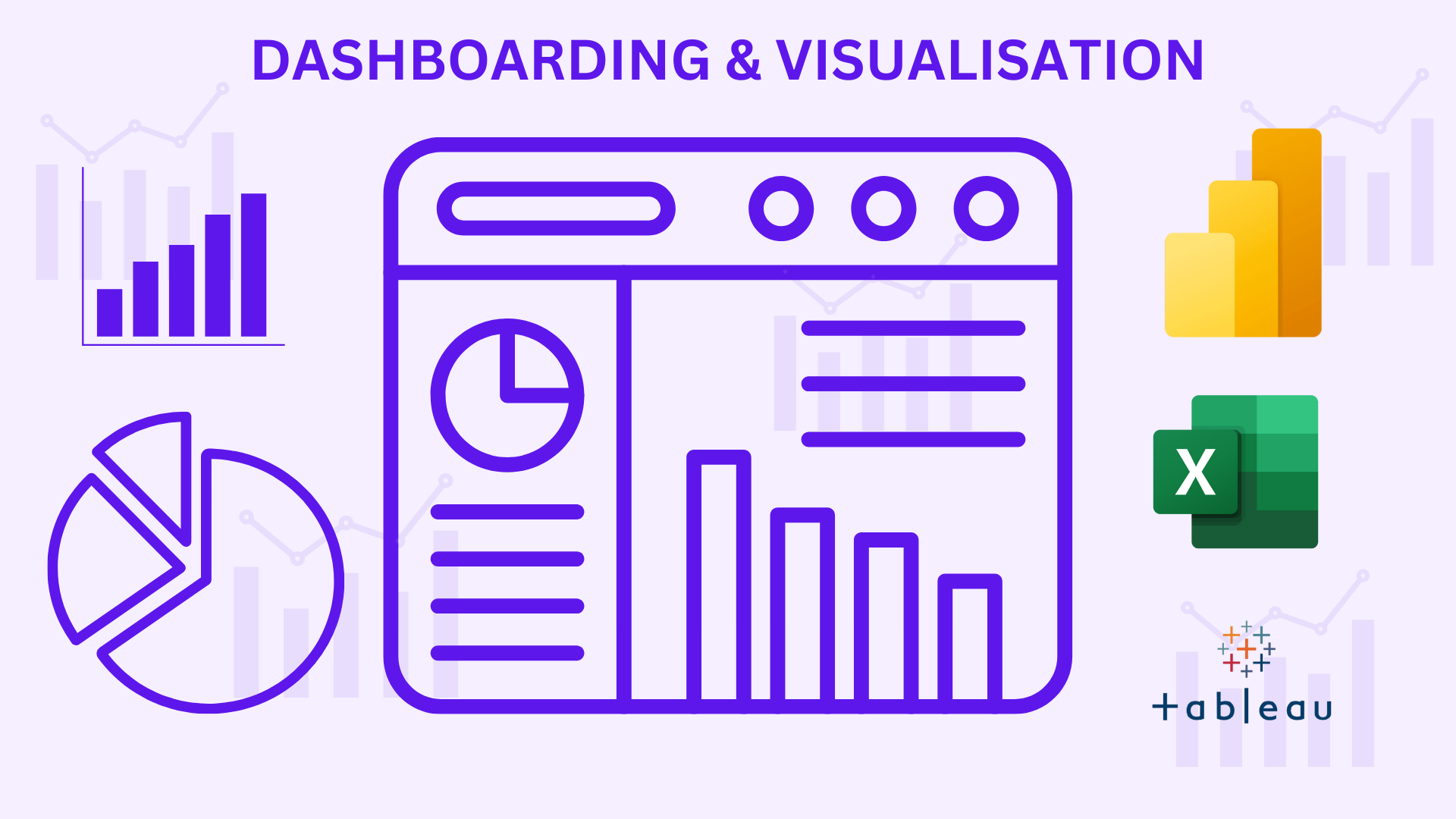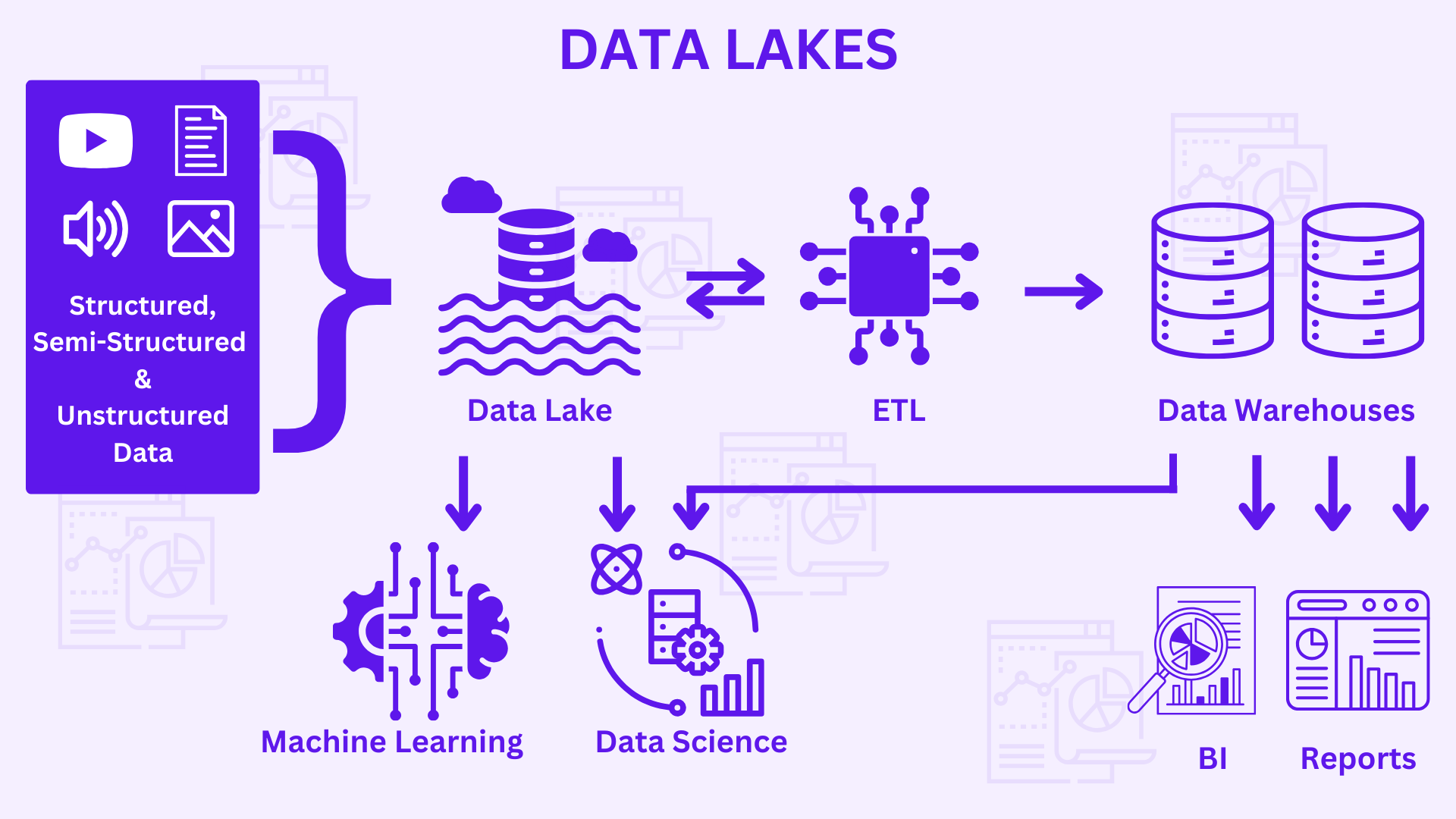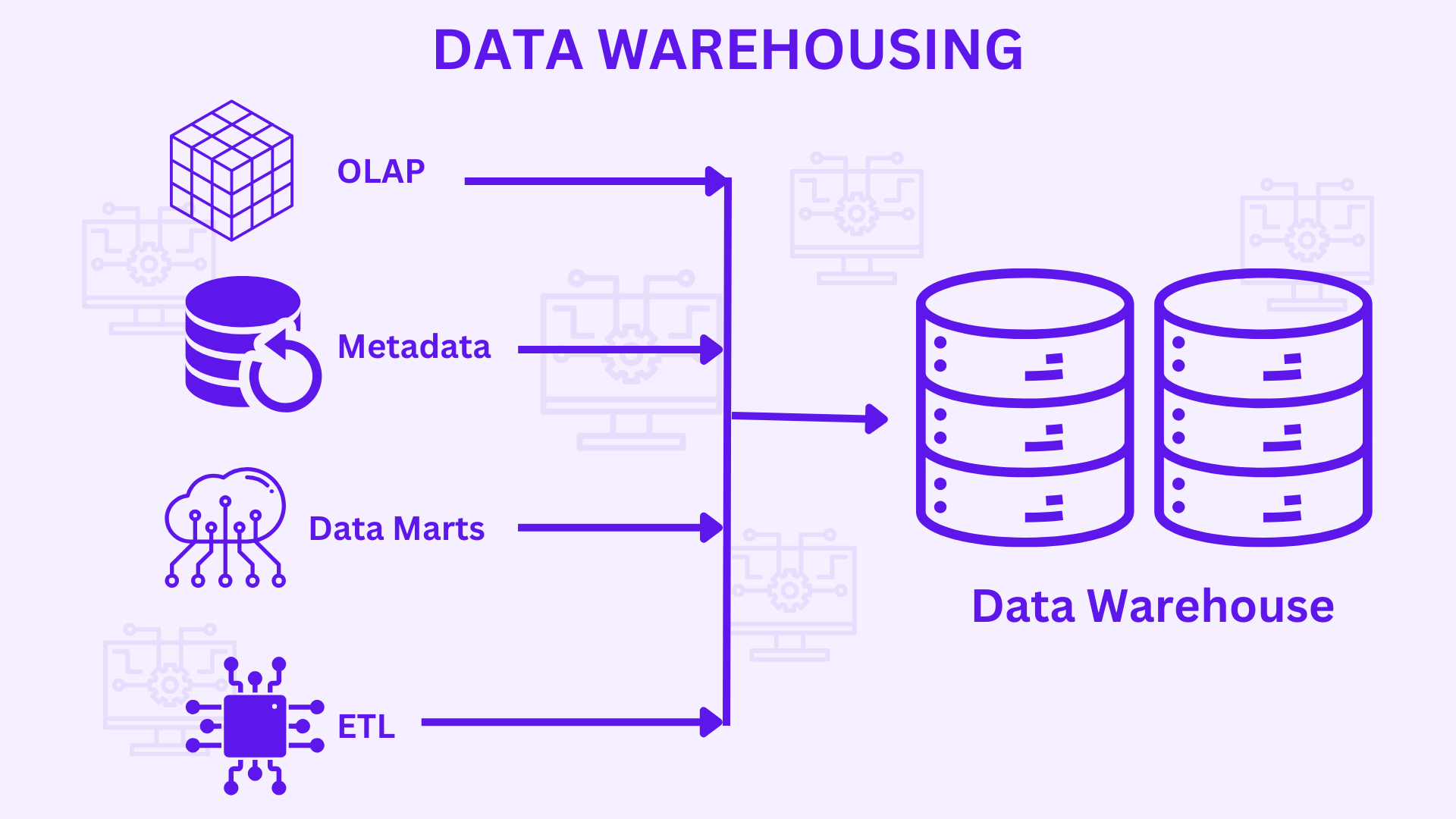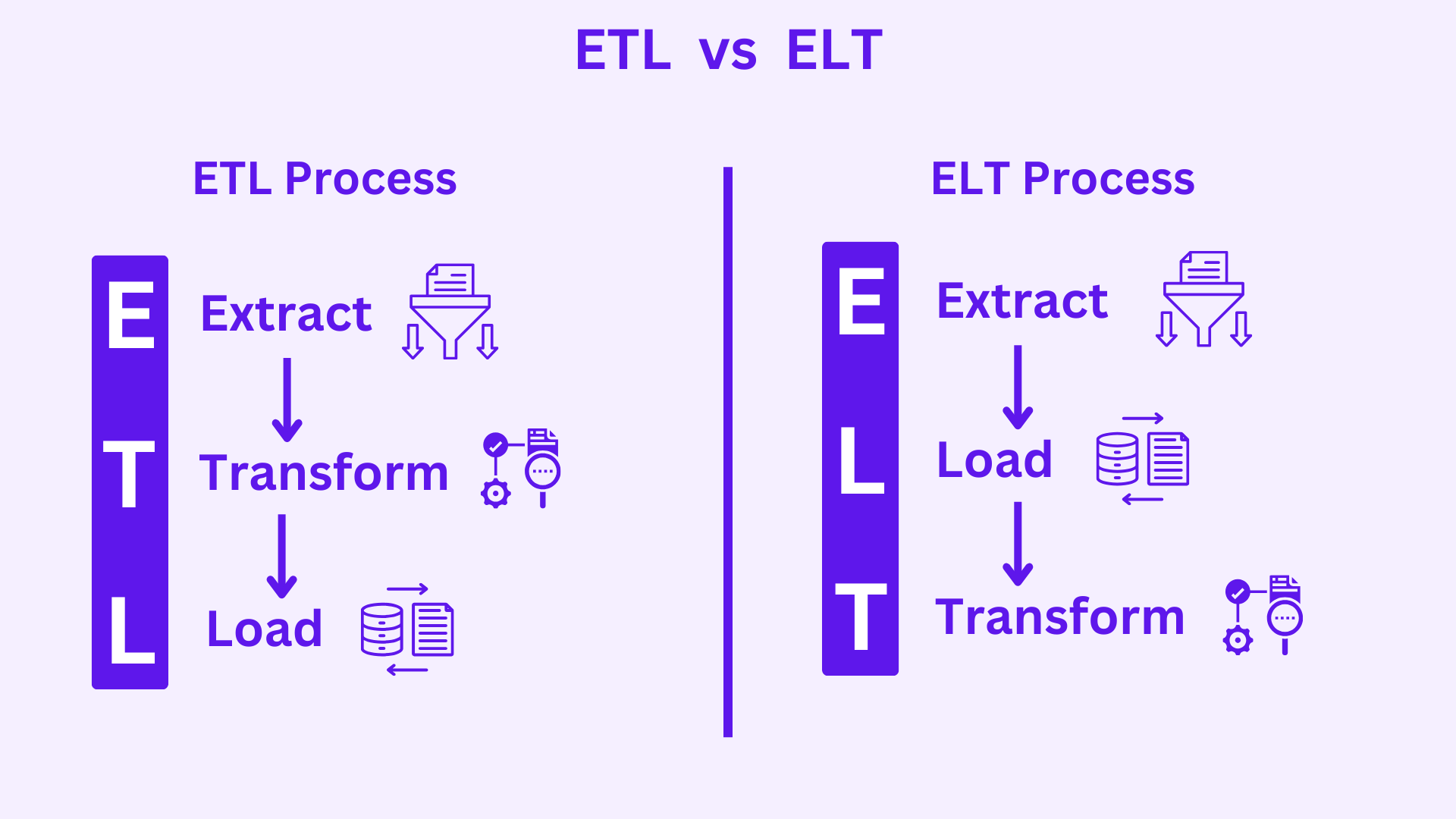Data Mart

Data Marts are a subset of a data warehouse that is tailored to the needs of a particular business unit or department. Data marts often contain data important to a specific business area, such as sales, marketing, or finance. Data marts are frequently used to improve decision-making inside an organisation.
Reasons for creating a data mart
• Easy access to often needed data
• Easy to implement
• Lower cost than establishing a full data warehouse
• Potential customers are better defined than in a full data warehouse.
• It is less crowded and contains only necessary business data.
There are mainly two approaches of designing a data mart. These approaches are:
1. Dependent Data Marts
2. Independent Data Marts
Dependent Data Marts: Dependent data marts are logical subsets of physical subsets of a larger data warehouse. The data marts are considered as subsets of a data warehouse in this technique. This technique begins with the creation of a data warehouse, from which other data marts can be produced. These data marts rely on the data warehouse and retrieve the necessary records from it. There is no requirement for data mart integration in this technique because the data warehouse builds the data mart. It is also referred to as a top-down strategy.
Independent Data Marts: The second method is independent data marts (IDM). In this case, independent data marts are built initially, followed by the construction of a data warehouse based on these independent multiple data marts. Because each data mart is developed independently in this method, data mart integration is essential. It is also known as a bottom-up strategy since data marts are combined to create a data warehouse.
So, to summarise, data marts are formed from data warehouses, where warehouses are a vast repository of information whereas marts are just a subset of data warehouse. Data warehouses contain very detailed information about multiple subject areas, whereas marts contain very summarised data about a particular topic & is much project oriented.




